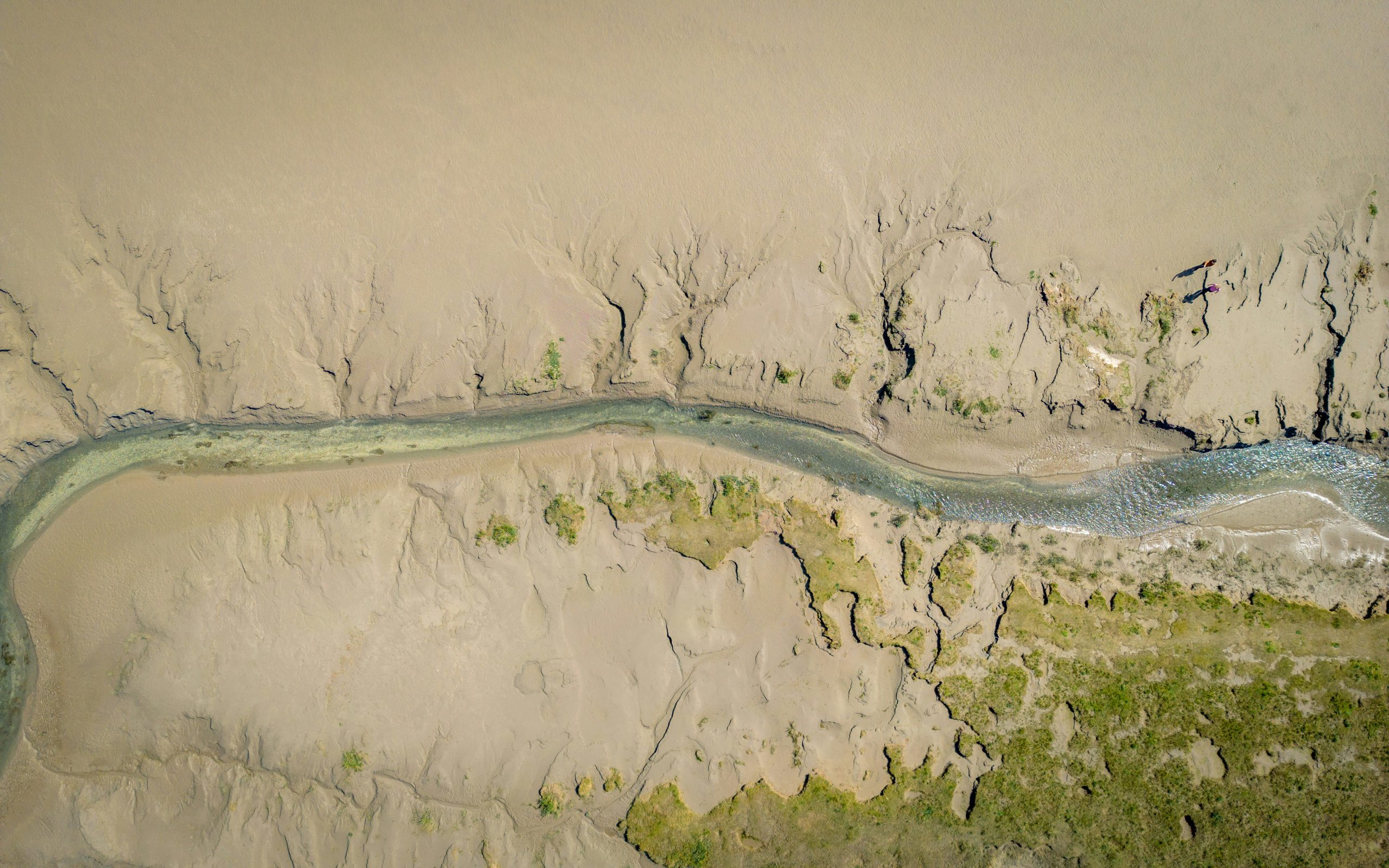Understanding past climates is crucial to prepare for future climate conditions. With the accelerating impact of climate change, reconstructing historical climate extremes provides critical context for evaluating today’s environmental shifts. Artificial Intelligence (AI) plays a transformative role in this effort as it can be used to efficiently reconstruct the missing information in observational datasets, particularly prevalent in the early 20th century.
A recent study by Étienne Plésiat, Robert J.H. Dunn, Markus G. Donat, and Christopher Kadow, leverages deep learning to reconstruct European climate data from 1901 to 2018, offering unprecedented insights into temperature extremes across the continent. Here’s a closer look at how AI is bridging historical data gaps and why it is so transformative.
The Challenge of Historical Climate Data
Due to the lack of records, observational climate datasets are often incomplete and present spatial inaccuracy. Traditional statistical methods used to fill in these gaps (e.g., Kriging) frequently smoothed over significant details and are limited by their high computational demands and sensitivity to data scarcity.
AI-Powered Climate Reconstruction
The researchers employed a Partial Convolutional Neural Network (PCNN) model, part of an AI approach they call Climate Reconstruction AI (CRAI), to improve historical data reconstruction. Using Earth System Model data from the Coupled Model Intercomparison Project Phase 6 (CMIP6), CRAI was trained to capture and reconstruct patterns of missing data more accurately. This method significantly surpasses traditional techniques, offering a refined spatial reconstruction of climate extremes.
Measuring the Accuracy of AI Against Conventional Models
CRAI’s ability to capture historical climate patterns was tested against standard interpolation methods and diffusion models. The study found that CRAI outperformed conventional methods, achieving lower errors and more accurate reconstructions, especially in regions and periods with scarce data. The model’s ability to process large volumes of data without sacrificing precision made it an ideal candidate for handling historical climate extremes.
Reconstructing Past Climate Extremes: A Window into the Past
With CRAI, researchers could recreate notable European climate events of the past century, including:
- Heatwave of 1911: Known for its devastating impact, particularly in France, CRAI recreated high-temperature extremes of this deadly summer.
- Cold Wave of 1929: This intense cold spell affected much of Europe, and CRAI accurately depicted the geographic variations of this event, aligning closely with historical reports.
These reconstructions help to enrich our understanding of historical climate dynamics and provide context for recent extremes, like the record-breaking European hot summer of 2022.
Analyzing Trends Across the 20th Century
The CRAI models reveal substantial trends, such as an increase in warm days and nights across Europe and a decrease in cold nights over the past century. These findings corroborate broader climate trends identified in IPCC reports, validating CRAI as a powerful tool for examining long-term changes. With CRAI’s reconstruction accuracy, researchers gain new insights into climate shifts over time and across regions, particularly when and where the data is the scarcest.
Why AI is a Game Changer for Climate Science
The ability to accurately reconstruct climate data from the past century isn’t just a scientific breakthrough—it also holds significant implications for policy. Accurate historical data enables better understanding of the evolution of climate extremes and informs policymakers about potential risks, which is essential for developing more precise, region-specific responses to climate change.
Next Steps: Expanding CRAI’s Capabilities
Looking forward, training new CRAI models with additional datasets could enhance its global applicability. This AI-based approach shows particular promise in regions where data scarcity has historically impeded climate analysis, such as Africa or parts of Asia. Future CRAI models could also incorporate daily raw measurements, enhancing the accuracy and relevance of climate models even further.
Conclusion
By harnessing the power of artificial intelligence, CRAI is transforming how scientists understand historical climate extremes, illuminating trends and events that traditional methods struggled to capture. As climate challenges continue to escalate, tools like CRAI will be pivotal in deepening our understanding of past extremes and helping societies prepare for the future.
For more information on CRAI and to access this pioneering dataset, visit the Nature Communications article that details this study’s findings.




